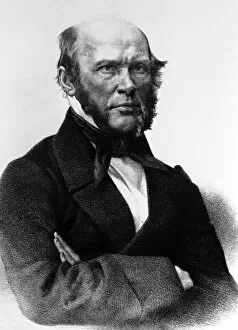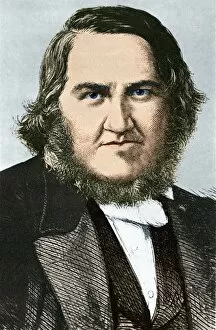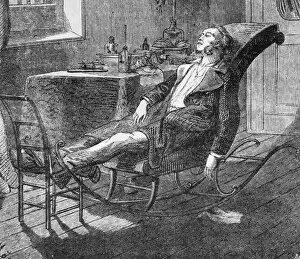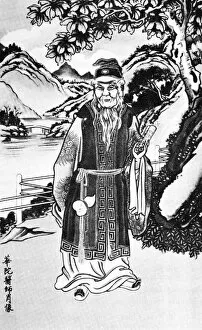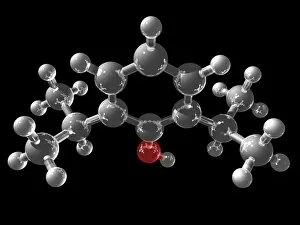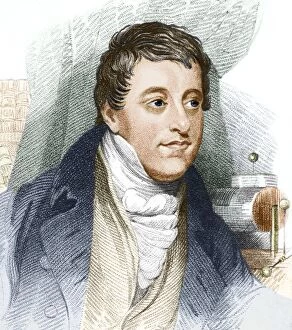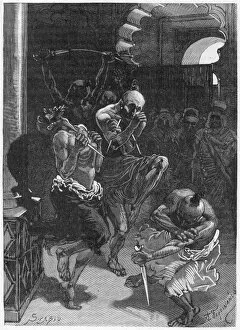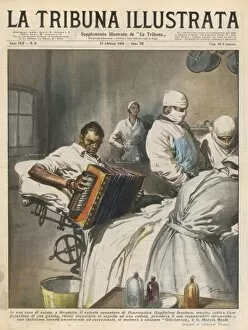Anaesthesia Collection (#3)
In the 1840s, anaesthesia was a groundbreaking field of research that revolutionized the world of medicine
For sale as Licensed Images
Choose your image, Select your licence and Download the media
In the 1840s, anaesthesia was a groundbreaking field of research that revolutionized the world of medicine. It all began with Simpson, who dedicated his time to studying anaesthetics and their effects on patients. Meanwhile, Nikolay Pirogov, a Russian surgeon, also delved into this realm and made significant contributions. English chemist Humphry Davy played a crucial role in the development as well. His experiments paved the way for further advancements in this field. The image of an anaesthetic room from med01_01_0380 gives us a glimpse into how these early procedures were conducted. Interestingly, there is evidence that even monks sought ways to achieve pain relief during medical interventions through meditation-induced anesthesia. This historical account highlights humanity's enduring quest for alleviating suffering. Across the Atlantic Ocean in Hartford, Connecticut stands a statue honoring Horace Wells – the discoverer of anaesthesia. This monument represents his pivotal role in bringing about this transformative medical breakthrough. The use of laughing gas (nitrous oxide) as an anaesthetic agent gained popularity during public lectures where audiences experienced its euphoric effects firsthand. George Cruikshank's illustration captures the joyous reactions elicited by this novel method in London back in 1834. Throughout history, individuals accused of witchcraft endured torture without displaying any signs of sensitivity or pain—a testament to human resilience under extreme circumstances. Dr Charles Jackson's discovery regarding ether's remarkable anaesthetic properties marked another milestone in this field. Colored engravings depict his groundbreaking findings and their impact on surgical practices at that time. Morton became known for being the first to apply sulfuric ether for surgical operations at Boston Hospital—an achievement immortalized through engravings capturing this momentous event. Marie Jean Pierre Flourens' work showcased mesmerizing scientific wonders related to anesthesia—his publication Les Merveilles de la Science captivated readers with its insights. The anaesthetic apparatus designed by Raphael Dubois for Dr.

